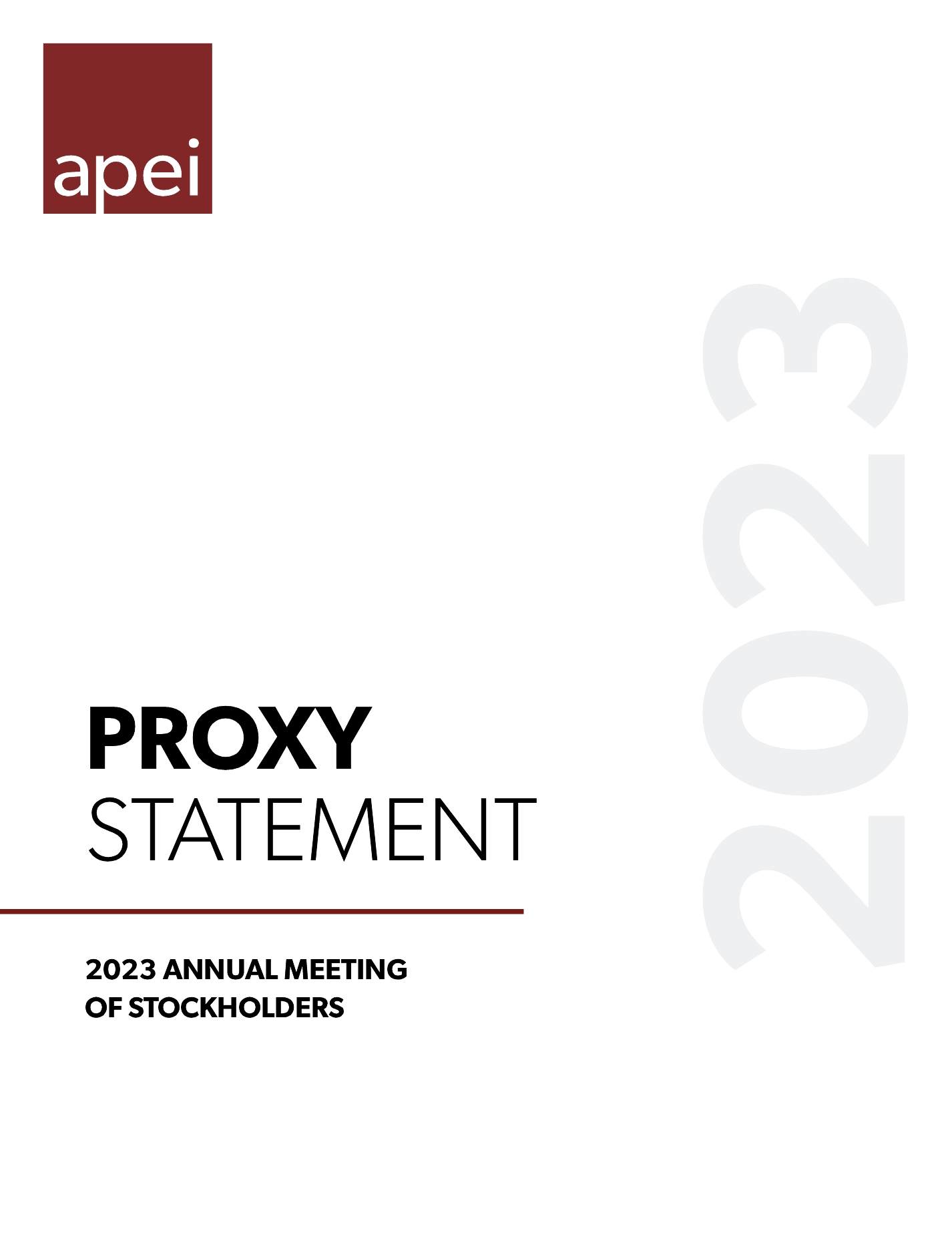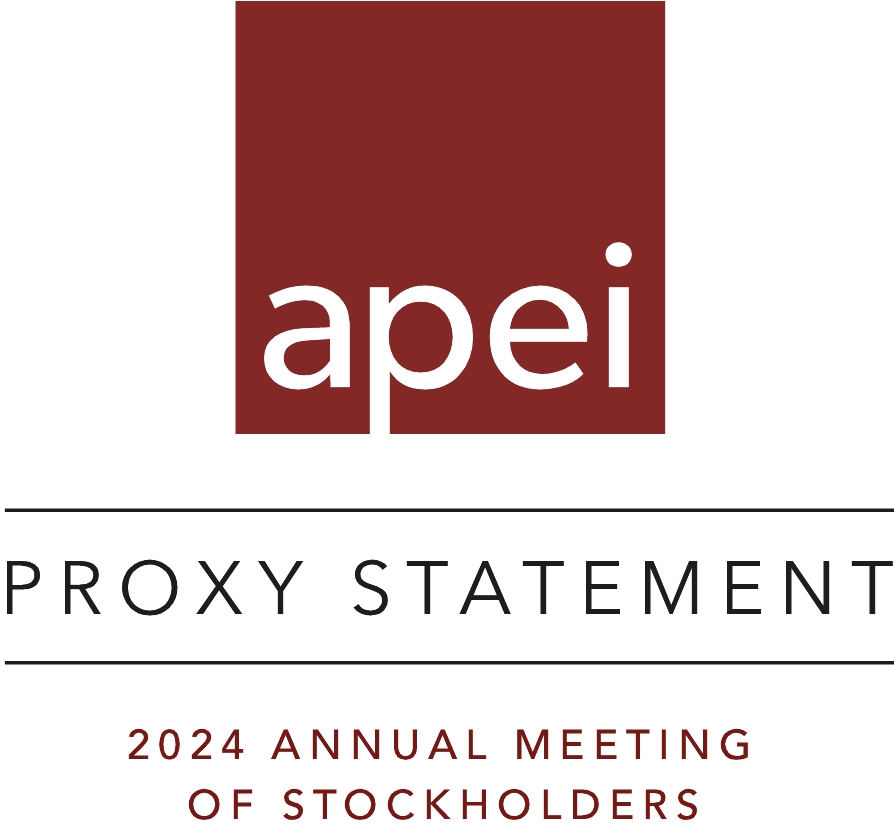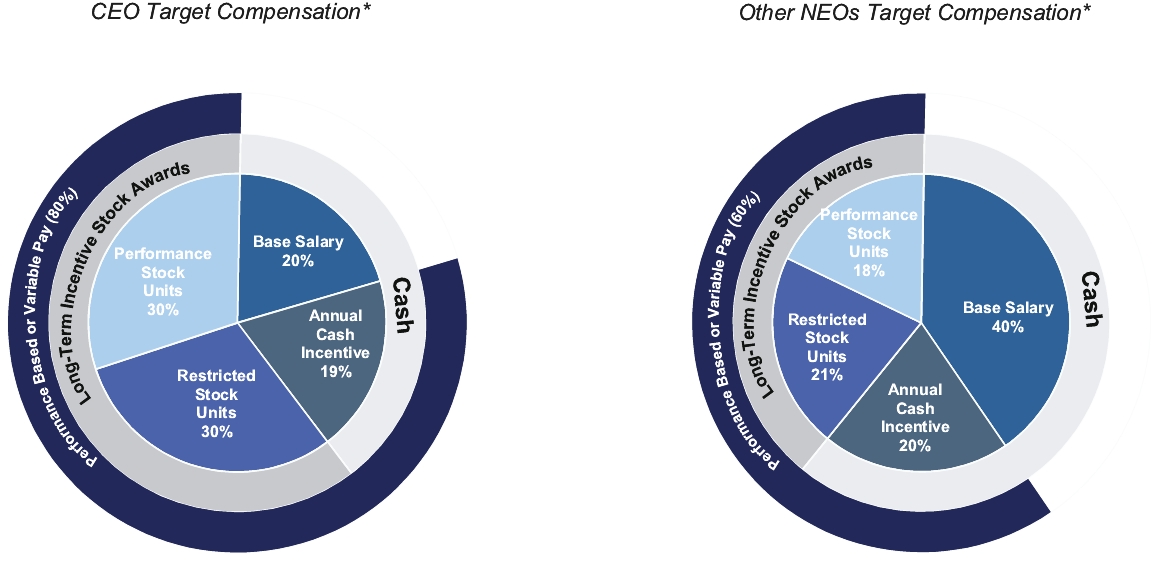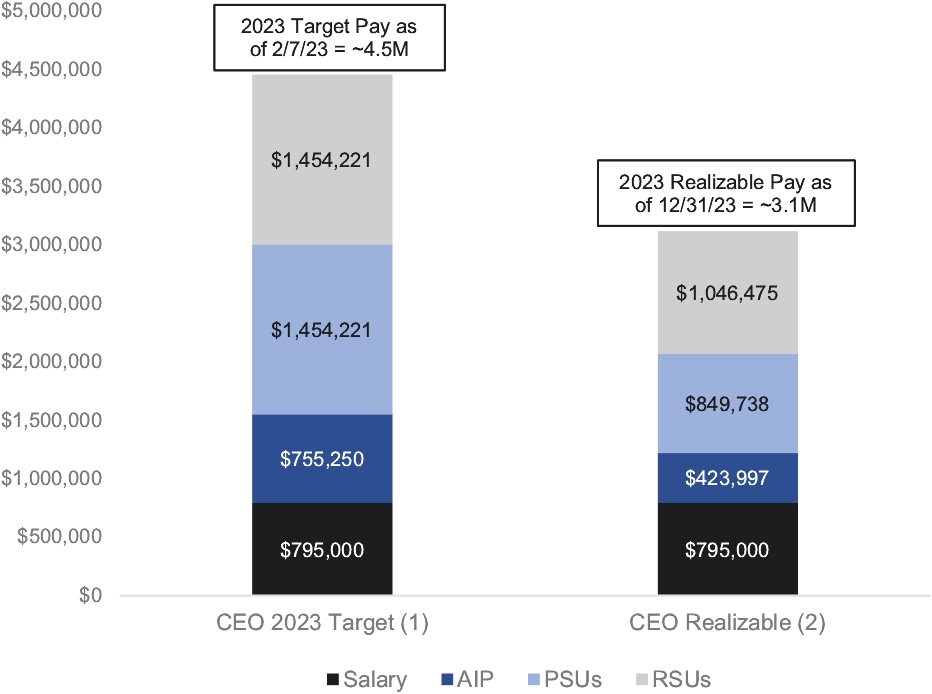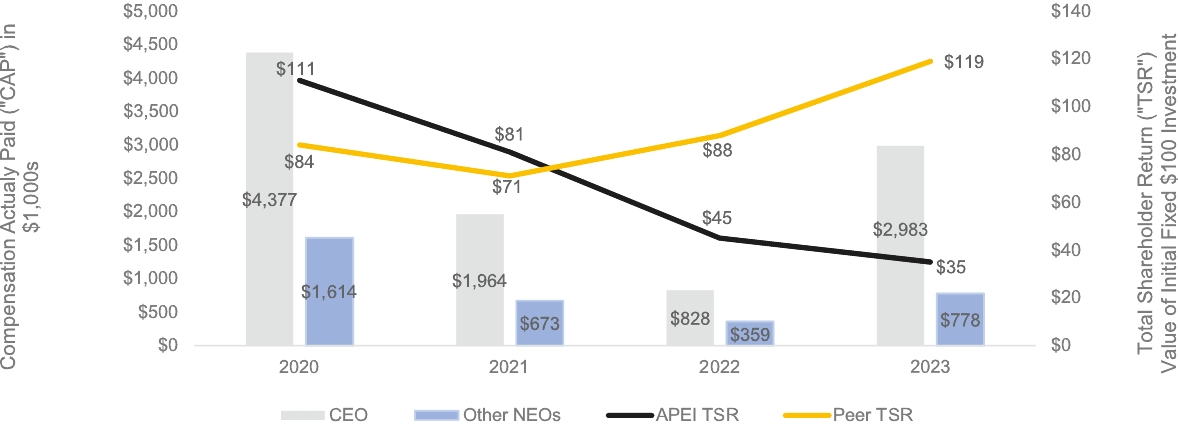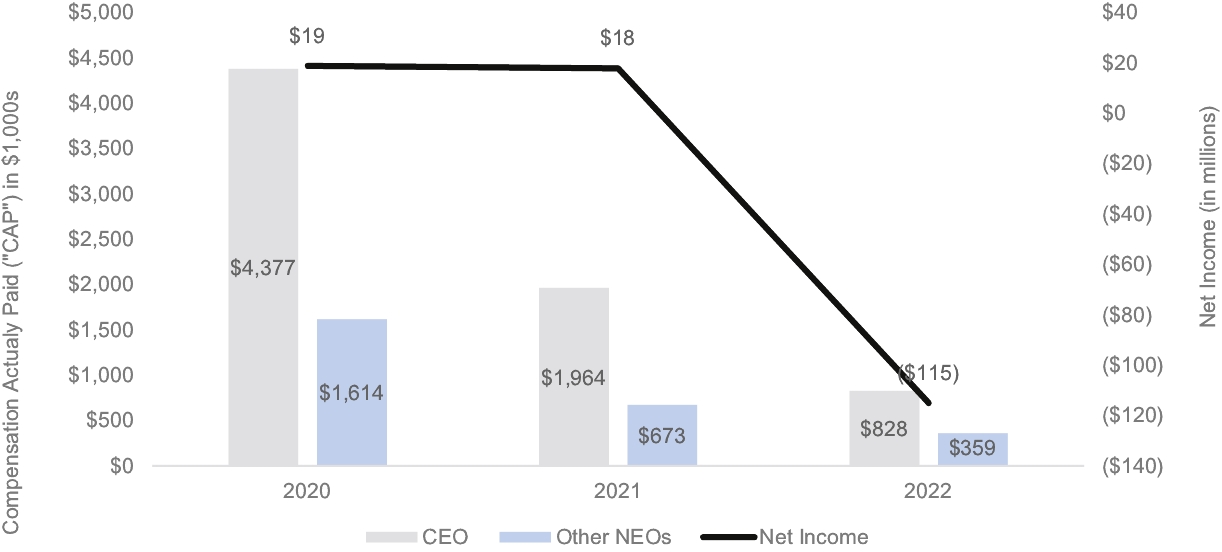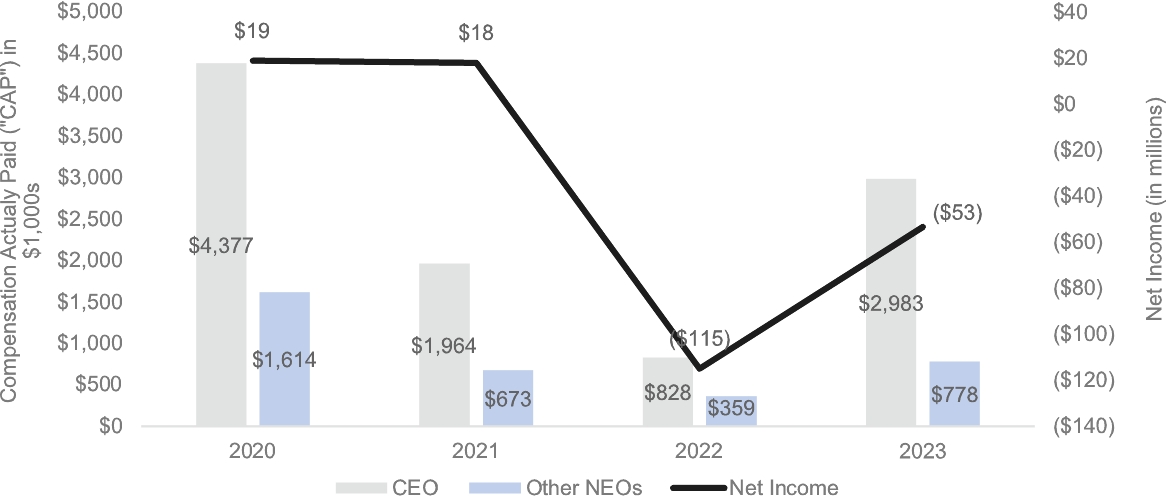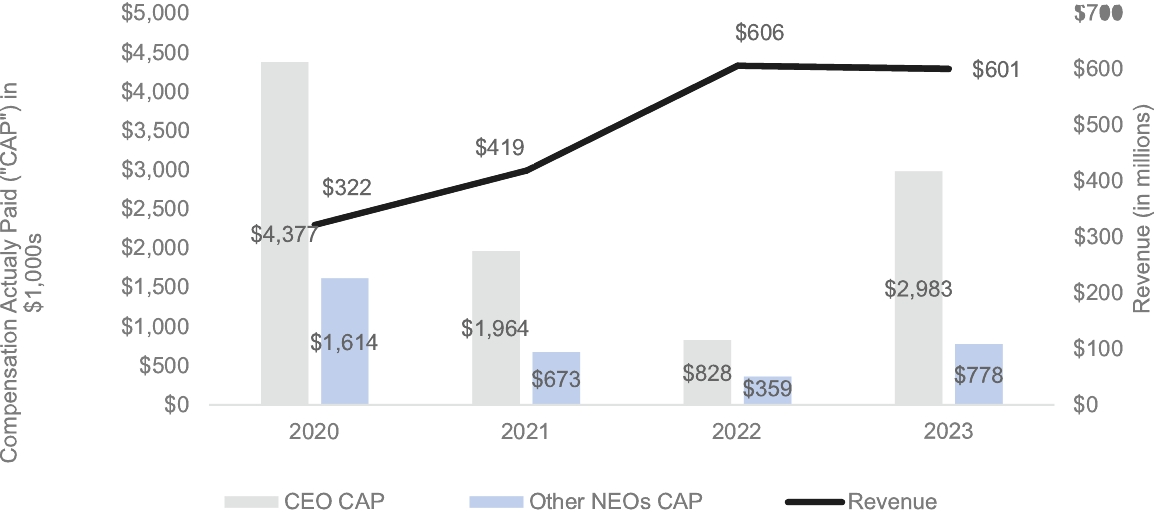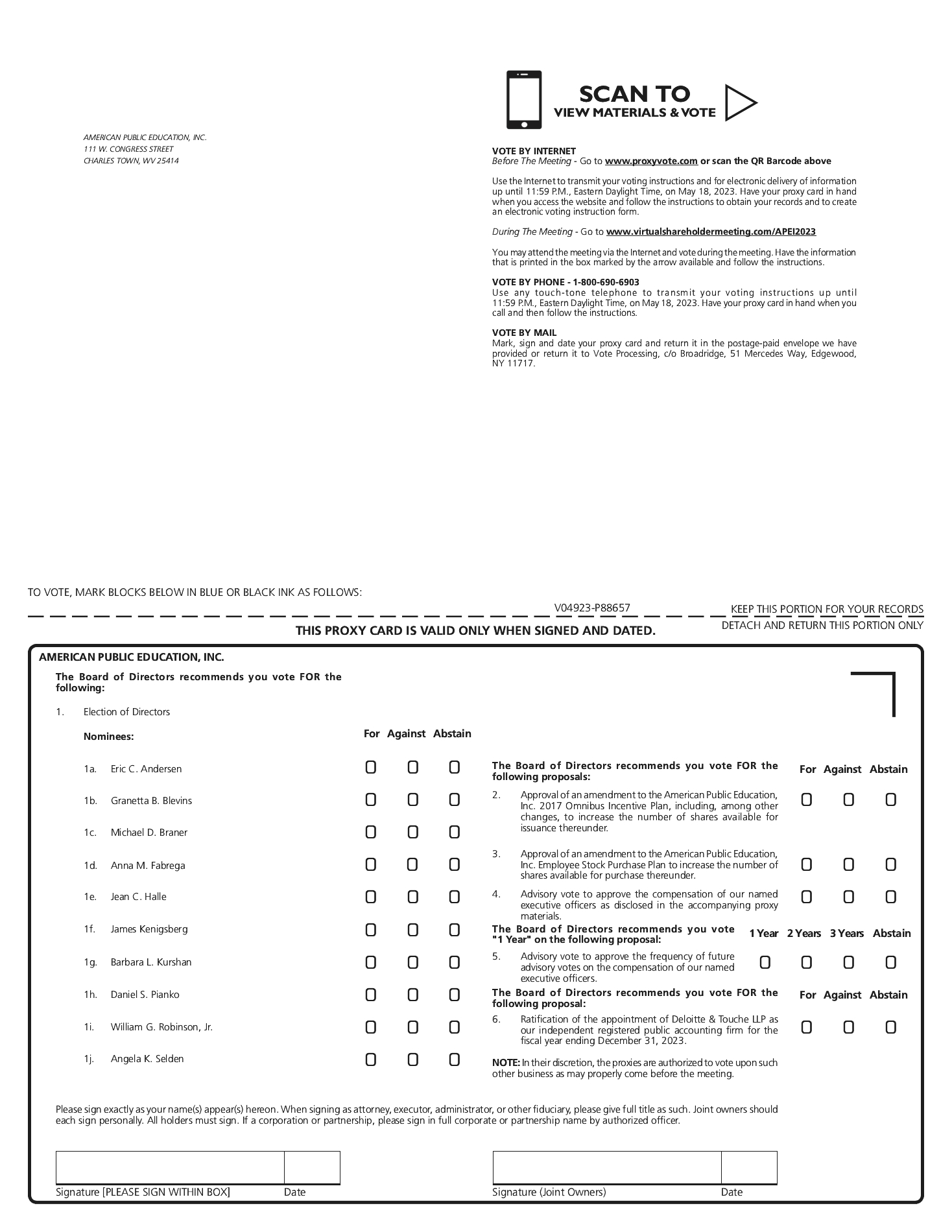address for the 325 Capital Investors and 325 Capital GP is 757 Third Avenue, 20th Floor, New York, New York 10017. The address for 325 Master Fund is 190 Elgin Avenue, George Town, Grand Cayman KY1-9008, Cayman Islands. 325 Master Fund, 325 Capital GP, and each of the 325 Capital Investors have shared voting and dispositive power with respect to these shares.
(6) Based solely on a Schedule 13G filed by Bank of America Corporation on February 14, 2023. The stockholder’s address if 100 N. Tryon Street, Charlotte, NC 28255. The stockholder is deemed to be the beneficial owner with respect to these shares as a result of being a parent holding company or control person. The stockholder has shared voting power and shared dispositive power with respect to all of these shares.
(7) Based solely on a Schedule 13G filed by Systematic Financial Management LP on February 13, 2023. The stockholder’s address is 300 Frank W. Burr Boulevard, c/o Glenpointe East 7th Floor, Teaneck, New Jersey 07666. The stockholder has sole voting power with respect to 560,925 of these shares and sole dispositive power with respect to 1,016,160 of these shares.
(8)(4) Based solely on a 13G filed by Prescott Group Capital Management, L.L.C. (“Prescott Capital”), Prescott Group Aggressive Small Cap, L.P. (“Prescott Small Cap”), Prescott Group Aggressive Small Cap II, L.P. (“Prescott Small Cap II”), Prescott Group Aggressive Small Cap Master Fund, G.P. (together with Prescott Small Cap and Prescott Small Cap II, the “Small Cap Funds”), and Mr. Phil Frohlich on MarchJanuary 31, 2023.2024. Each stockholder’s address is 1924 South Utica, Suite 1120, Tulsa, Oklahoma 74104. Each of Prescott Capital and Mr. Frohlich have sole voting and dispositive power with respect to the shares and each of the Small Cap Funds have shared voting and dispositive power with respect to the shares.
(5) Based solely on a Schedule 13G filed by Bank of America Corporation on February 13, 2024. The stockholder’s address is 100 N. Tryon Street, Charlotte, North Carolina 28255. The stockholder is deemed to be the beneficial owner with respect to these shares as a result of being a parent holding company or control person. The stockholder has shared voting power and shared dispositive power with respect to all of these shares.
(6) Based solely on a Schedule 13G filed by the Vanguard Group on February 13, 2024. The stockholder’s address is 100 Vanguard Boulevard, Malvern, Pennsylvania 19355. The stockholder is deemed to be the beneficial owner of these shares of the Company’s common stock as a result of being an investment advisor. The stockholder has sole voting power with respect to 926,142 of these shares and shared dispositive power with respect to 6,583 of these shares.
(7) Based solely on a Schedule 13G filed by Ameriprise Financial, Inc. on February 14, 2024. The stockholder’s address is 145 Ameriprise Financial Center, Minneapolis, Minnesota 55474. The stockholder is deemed to be the beneficial owner with respect to these shares as a result of being a parent holding company or control person. The stockholder has shared voting power and shared dispositive power with respect to all of these shares.
(8) Includes 3,454 shares of common stock subject to outstanding options that are exercisable within 60 days of March 21, 2024.
(9) 325 Capital Master Fund LP (“325 Master Fund”) directly beneficially owns 227,128247,437 of these shares. As the investment manager to 325 Master Fund and certain separately managed accounts (the “SMAs”), 325 may be deemed to beneficially own the shares directly owned by 325 Master Fund and 943,7061,050,990 shares of Common Stock held in the SMAs. As a Managing Member of 325, Mr. Braner may be deemed to beneficially own the shares owned by 325 Master Fund and the shares held in the SMAs. Mr. Braner's address is c/o 325 Capital LLC, 757 Third Avenue, 20th Floor, New York, New York 10017.
(10) Includes 7,519 shares of common stock subject to outstanding options that are exercisable within 60 days of March 21, 2024.
(11) Includes 3,487 shares of common stock subject to outstanding options that are exercisable within 60 days of March 21, 2024.
(12) Includes 43,134 shares of common stock subject to outstanding options that are exercisable within 60 days of March 23, 2023.21, 2024.
(11) These shares are held in a family trust.
(12)(13) Includes 8,32216,645 shares of common stock subject to outstanding options that are exercisable within 60 days of March 23, 2023.21, 2024.

